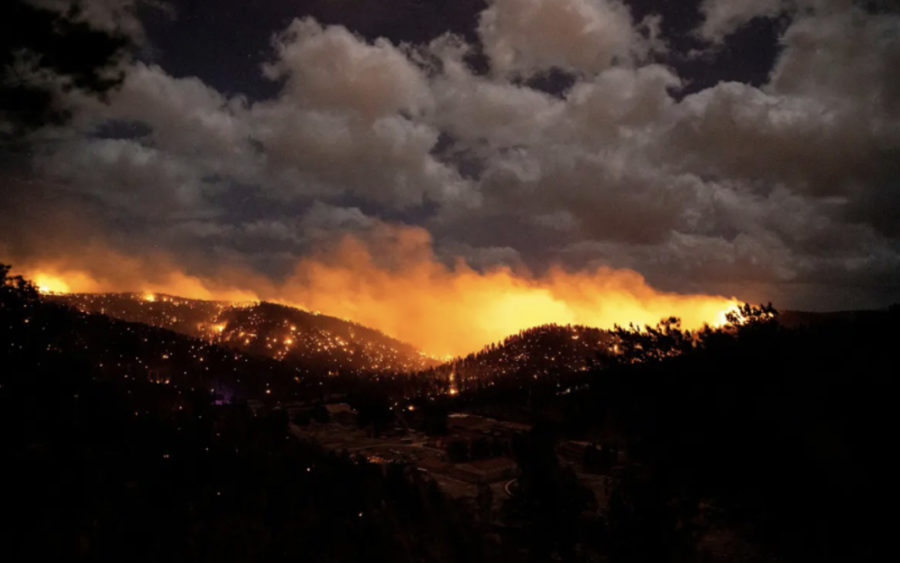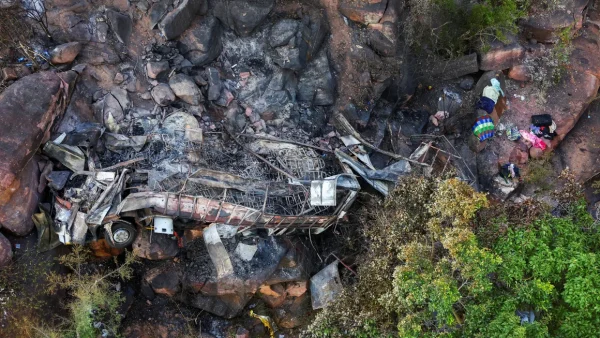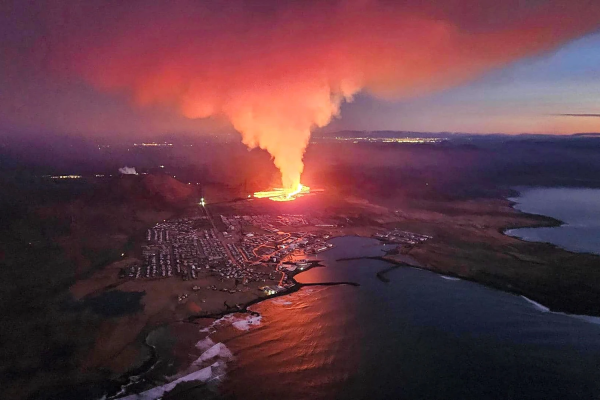New Mexico Wildfires Tear Through West Coast
Deadly Wildfires in the west continue their path.
Credit...Ivan Pierre Aguirre/Usa Today
The McBride fire burning in the heart of the village in Ruidoso, N.M., on Tuesday.
April 28, 2022
This week wildfires have broken out in the southwestern area of the United States, specifically in states like New Mexico.
So far, NY times reports that at least 2 have been killed by the fires and over 200 structures have been damaged or completely destroyed. The victims were an elderly couple who had tried to evacuate were found Wednesday inside a burned home in the village of Ruidoso, N.M., the authorities said.
As of Thursday morning, the fire had scorched more than 5,700 acres of grass, brush and timber and was 0 percent contained.
It is not clear what sparked the fire, and firefighters and first responders have stated that they are more focused on the containment rather than an investigation of the cause.
As the fire spread, evacuations were ordered in the town and surrounding areas. Because of the fire, the Ruidoso Municipal Schools district closed its schools down on Thursday, with plans to reopen the following week, said George Bickert, the superintendent of Ruidoso Schools.
Gov. Michelle Lujan Grisham of New Mexico called the deaths in Ruidoso “absolutely heartbreaking” on Twitter.
Shelters and homes have been set up for those who have been misplaced by the fires and will continue until they find a safe place to stay.
Those with livestock or animals were told Tuesday night to reach out to Ruidoso Animal Shelter and Roswell Animal Shelters among other places to ensure their safety.
According to AP NEWS, there has been decades of fire suppression that have contributed to an increase in the number of acres burned by wildfires, fire scientists say. The problem is exacerbated by more than 20-years of a Western megadrought that studies link to human-caused climate change.
A cold front is expected to bring even stronger winds with speeds of up to 70 mph to parts of New Mexico overnight, and won’t bring any relief in the form of rain, federal forecasters said.













